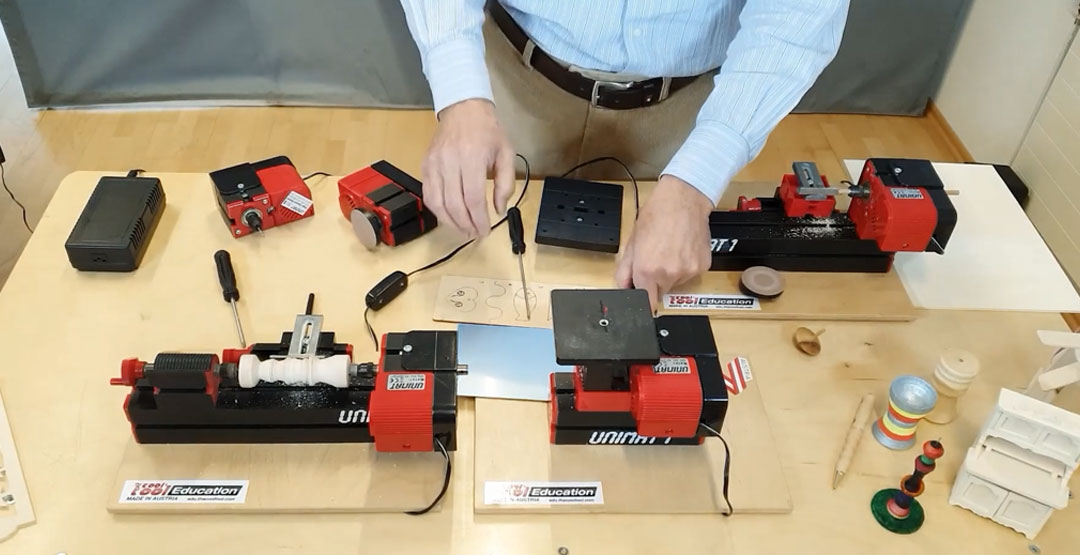Wood Craft Projects Beneficial for Kids: Cultivate Powerful Habits
Woodcraft, also known as woodworking or wood crafting, refers to the skill and art of creating objects or structures using wood as the primary material. Woodcraft projects encompass various tasks, spanning from simple carpentry and joinery to intricate carving, and shaping. It encompasses a variety of techniques, tools, and processes that allow individuals to transform raw wood into decorative items.
The prevalence of smartphones and digital devices can lead to a decreased focus on hands-on activities and real-world skills. Here’s how woodcraft projects can address these issues:
#1 Counteracting Overreliance on Technology:
Woodcraft projects offer a valuable opportunity to shift children’s focus away from screens and into engaging physical activities. These projects provide a refreshing break from technology and allow kids to connect with the tangible world.
#2 Promoting Creativity:
Woodcrafting encourages kids to think outside the box, come up with original ideas, and transform them into tangible creations. This process fosters creativity and problem-solving skills that are essential for innovation and personal growth.
#3 Developing Fine Motor Skills:
Engaging in woodcraft projects requires precise hand movements, coordination, and manipulation of tools. These activities help children develop fine motor skills that are vital for tasks ranging from handwriting to getting a good grip on objects.
#4 Hands-On Learning:
Hands-on learning experiences should be included in schools to complement traditional classroom education. Students can apply theoretical concepts in practical ways, enhancing their understanding and retention of knowledge.
#5 Boosting Confidence: Completing woodcraft projects builds a sense of accomplishment and boosts children’s self-esteem. It reinforces the idea that they can create something valuable with their own hands, fostering a positive self-image.
#6 Strengthening Focus and Patience
Patience, attention to detail, and the ability to follow step-by-step processes are keys to success in any form of art or craft activity. Engaging in these projects helps kids develop patience, concentration, and the ability to work meticulously.
#7 Cultural Appreciation: Woodcraft projects can introduce students to the cultural and historical significance of woodworking in various societies. This enriches their understanding of the traditions and craftsmanship of different parts of the world. For example, African cultures have a deep-rooted connection to woodworking and are known for their artistic collection of masks, sculptures, and numerous handicraft items.
#8 Teamwork and Social Interaction:
Collaborative project work promotes teamwork and communication. Children learn to work together, share ideas, and collaborate effectively, skills that are valuable in both academic and professional settings.
The Unimat1 Elementary Kit is designed for kids who want to learn woodworking in a safe and fun way. The machines in the kit are safe so that kids can use them without getting hurt. For example, the jigsaw blade is not too long, so kids’ fingers won’t get hurt while using it. Inside the kit, there are parts to make different machines. You can make a jigsaw, a wood-turning machine, a sander that you can hold in your hand, a sander that stays in one place on the table, and a handheld drilling machine.
The jigsaw in the kit is strong and can cut different materials like plywood, solid wood, soft wood, plastic, and even thin pieces of soft metal. It can cut pieces up to 20mm thick if it is balsa wood and up to 7mm thick if it is solid wood.
The kit also provides with instructions for making things like wooden pens, salt and pepper shakers, and egg cups. Some lessons teach about how these woodworking machines work and the techniques you can use to create unique pieces of wooden items.






Recent Comments